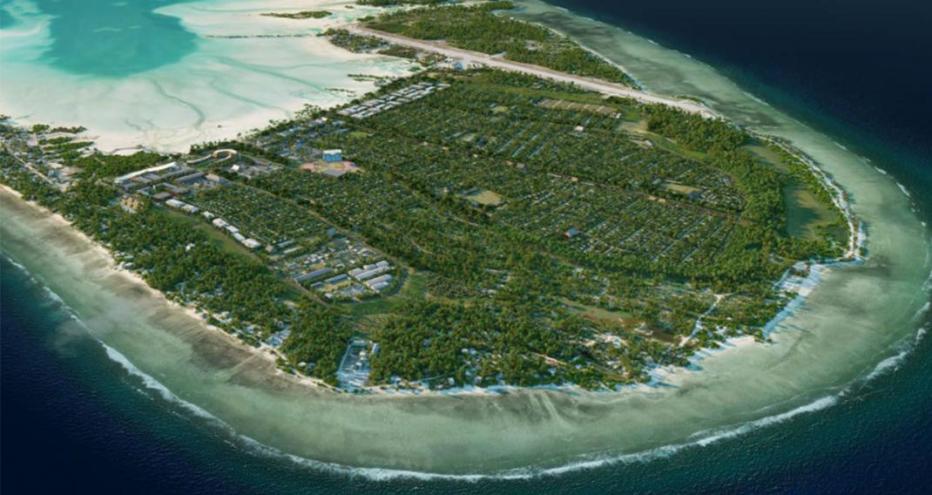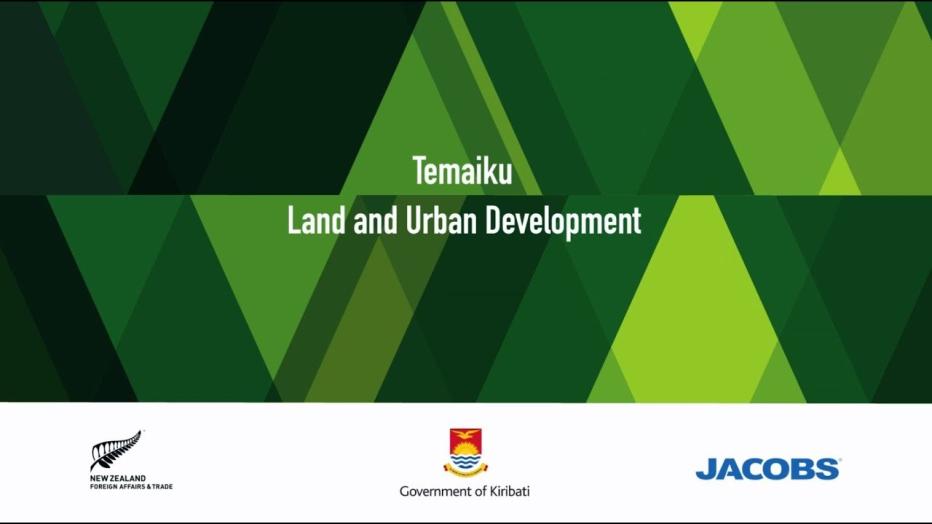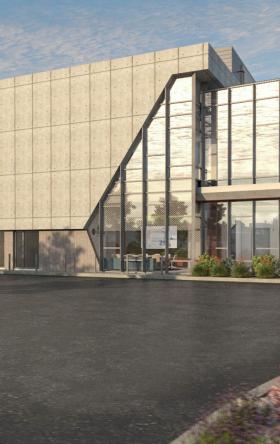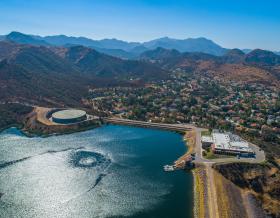
Preliminary strategies, developed by Jacobs to address challenges posed by sea level rise on the South Pacific nation of Kiribati, were showcased at the recent United Nations Climate Change Conference (COP23) held in Bonn, Germany. The Government of Kiribati (GoK) presented an animated visualization of a concept land and urban development plan, which was created after the Jacobs-facilitated workshops in Kiribati.
The workshops, which involved government departments, were designed to ensure that the project vision was being developed by the stakeholders with an understanding and agreement of the key issues and design principles critical to the success of the plan.
“The workshop format proved to be highly effective, with everyone participating, and wrapped with a sense of common aspiration and concern being recognized during a close out session,” said to Jacobs Project Manager Simon Liddell.
Jacobs was appointed by the New Zealand Ministry for Foreign Affairs and Trade (MFAT), in partnership with the GoK, to assess the feasibility of undertaking a land and urban development project on the Temaiku Bight in the Kiribati capital of Tarawa.
“This project comes at an extremely critical time in the history of Kiribati, as the South Pacific nation faces economic, urbanization and environmental challenges,” said Jacobs Buildings and Infrastructure Asia Pacific Senior Vice President Patrick Hill. “Jacobs has a wealth of adaption, geotechnical engineering and sustainable land use planning experience that we will leverage to assist Kiribati in this effort.”
The multi-disciplinary study involves assessing the feasibility of increasing the height of a 330-hectare area of land on the Temaiku Bight to approximately two meters above the highest measured sea level.
Kiribati, an atoll in the South Pacific, is one of the world’s most economically and physically vulnerable countries. Home to more than 110,000 people, Kiribati is made up of 33 low-lying atolls which, at their highest elevation, average 6 feet (1.8 meters) above sea level.
Over the next eight decades, the United Nations Intergovernmental Panel on Climate Change (IPPC) projects a 3 feet (0.9 meter) increase in global sea levels. Kiribati’s surrounding sea levels are predicted to rise by up to 0.6 feet (0.17 metres) by 2030.
In addition to the feasibility study, Jacobs is developing an accompanying conceptual land use plan that addresses resilience issues impacting the atoll, including rapid urbanization, limited water supply, ecosystem services and an increasing risk of land inundation from king tides.
The project is scheduled for completion in March 2018 when the feasibility of the land and urban development design, engineering and environmental and social impacts will be presented to the GoK for a decision on whether to proceed with the ambitious and transformational project.
The Jacobs team is comprised of urban planners, social impact and stakeholder engagement specialists, terrestrial and marine environmental subject matter specialists, along with geotechnical, coastal, water, wastewater, power, civil and transport engineers.













































